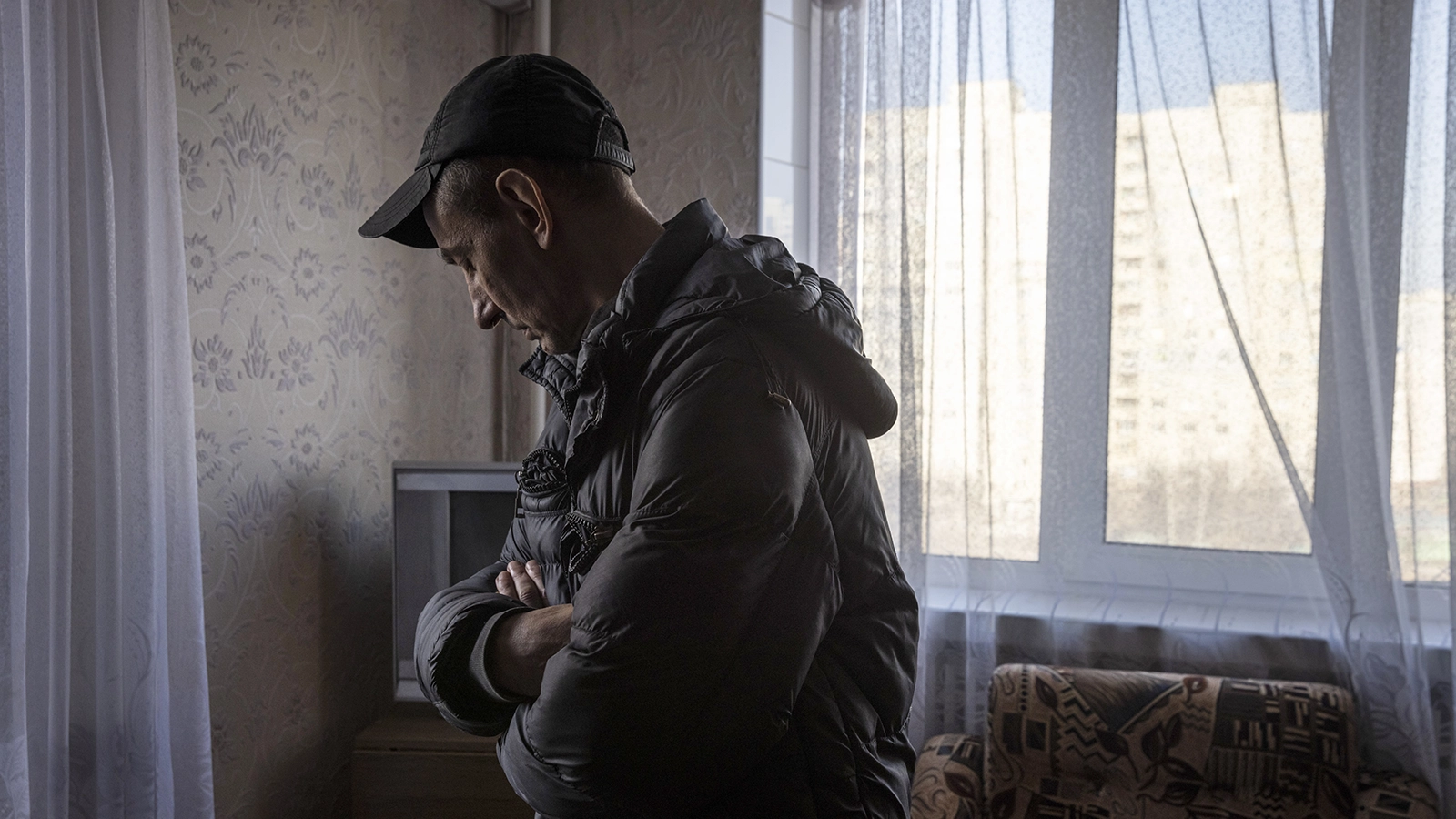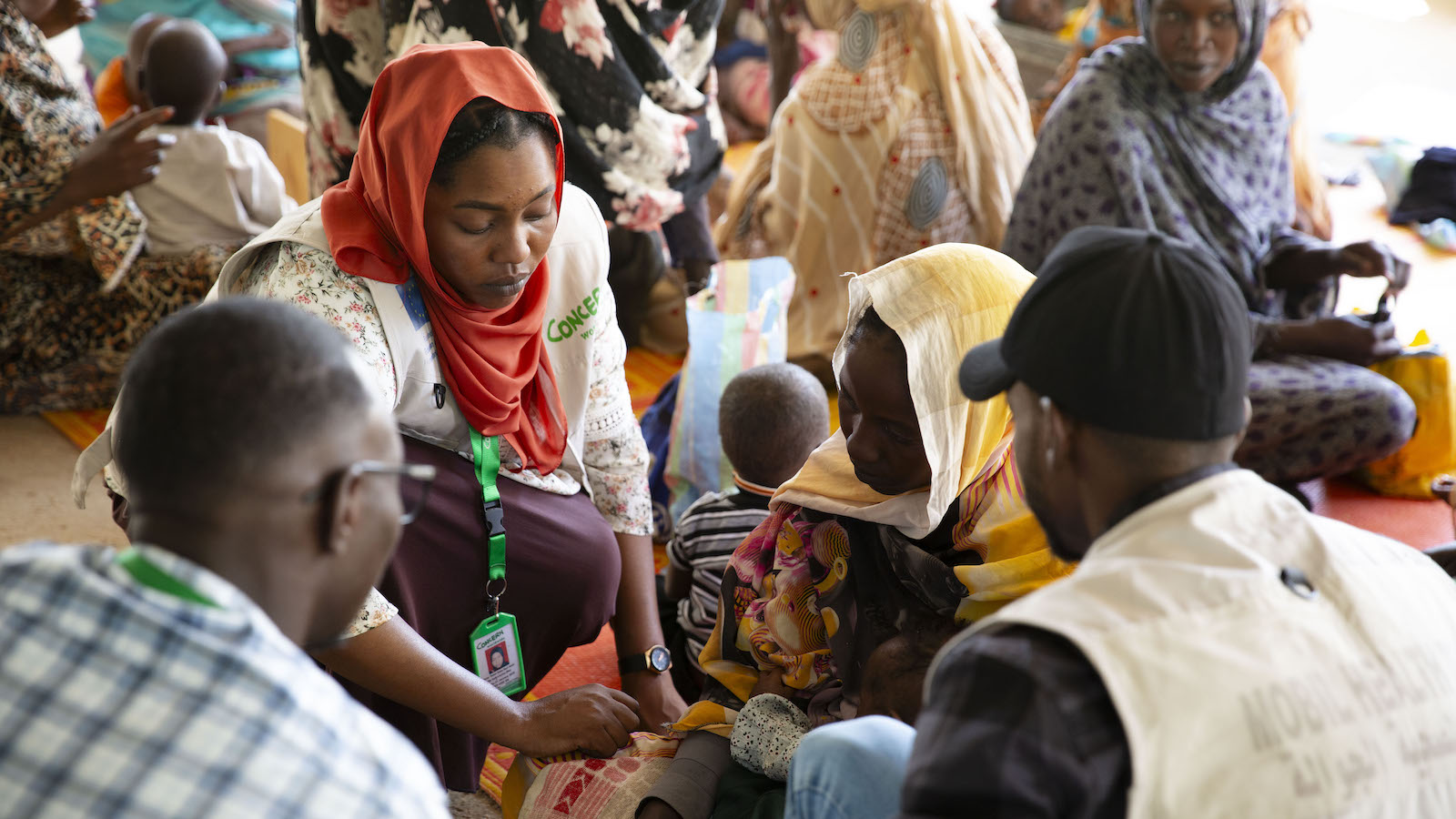Conflict is one of the leading causes of hunger and poverty. It’s also one of the biggest challenges Concern faces in many of the countries where we work.
Conflict has been a fact of life in many of the communities where Concern works. It’s often a deciding factor when we enter a new country, creating large humanitarian needs especially around hunger and poverty, as well as healthcare, education, and gender equality. In recent years, Concern has launched responses to such crises in Yemen, Ukraine, and Burkina Faso. Here are the stories behind these situations, as well as ten other countries in conflict where we are currently at work.
1. Afghanistan
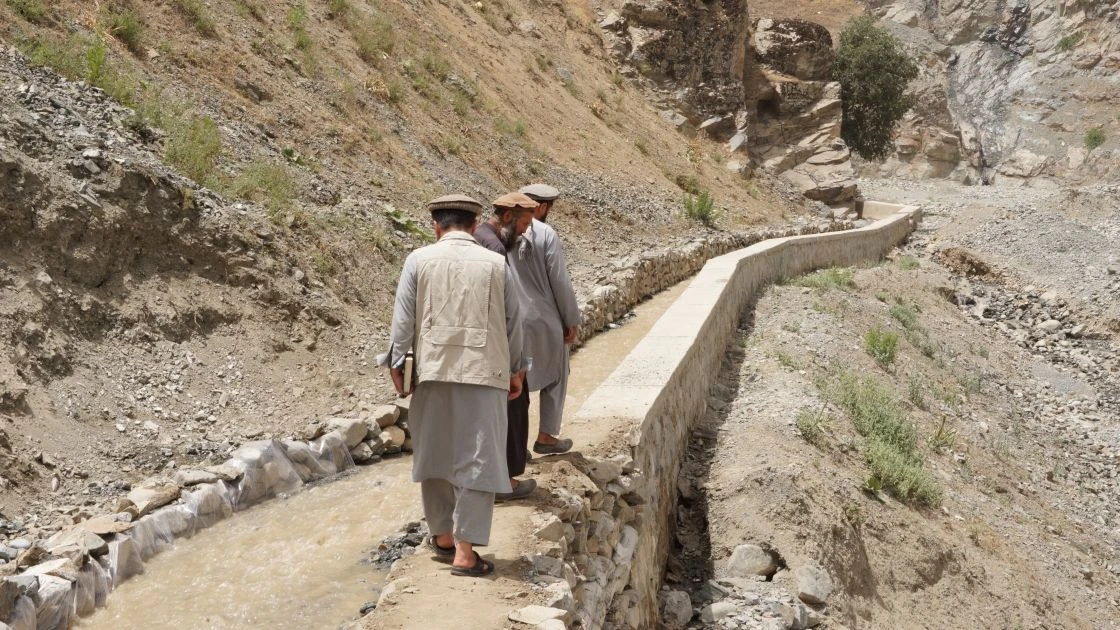
Despite development advances in recent years, Afghanistan remains in an extremely fragile state following nearly four decades of instability. Violence continues to undermine the country’s development, with almost two-thirds of the Afghan population living in areas directly affected by conflict. Between 2009 and 2022, the Council on Foreign Relations estimates that there were 111,000 civilian casualties in Afghanistan.
This has a direct impact on humanitarian aid. Before the US military withdrew from the country in 2021, over 18 million people required humanitarian assistance — including over 3 million children. This was double the number of people who required assistance compared to January, 2020. Today, the UN estimates that 23.7 million people require humanitarian assistance.
» Learn more about the crisis in Afghanistan
» Learn more about Concern’s work in Afghanistan
2. Central African Republic
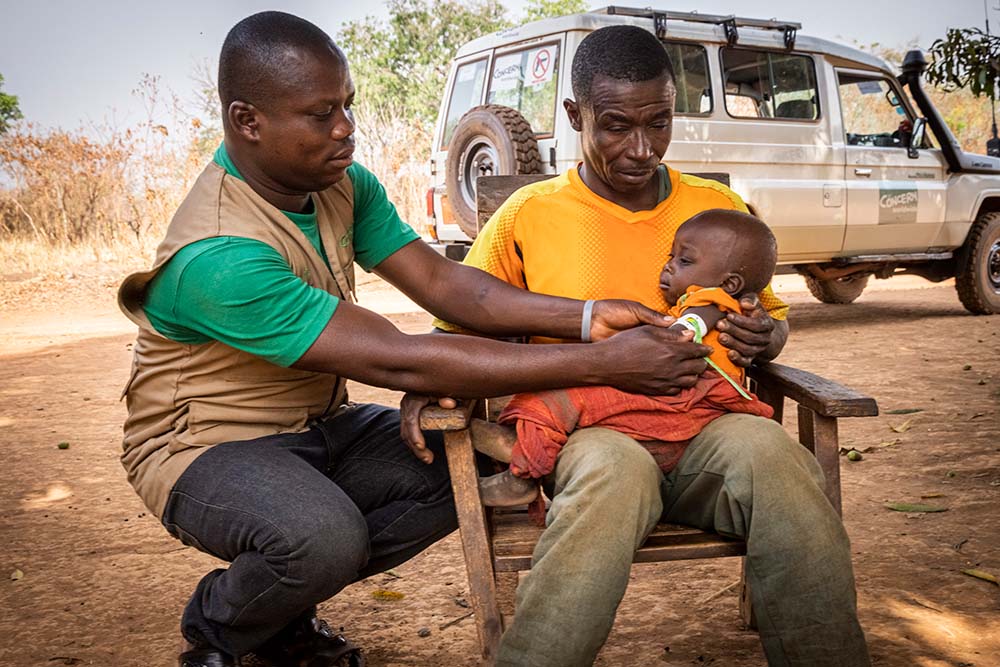
What began in 2012 as a paramilitary insurgency has resulted in heightened ethnic and religious tensions, combined with a weakened infrastructure and social support system. The Central African Republic borders both the Democratic Republic of the Congo and South Sudan (more on each country below), which means that, as the situation continues to deteriorate in-country, the ramifications of conflict spill out into neighboring countries, exacerbating their own conflicts and leaving an entire region in dire straits and 2.8 million people requiring humanitarian assistance.
Humanitarian access in CAR has suffered in recent years due to escalating conflict, with the safety of NGO staff causing many organizations to halt operations for periods of time — a major setback for a country that predominantly relies on NGOs for basic services like healthcare, education, and food assistance. Concern is continuing its own operations, albeit under difficult circumstances.
» Learn more about the crisis in the Central African Republic
» Learn more about Concern’s work in the Central African Republic
3. Democratic Republic of Congo

The scene for one of the worst civil wars in African history, the Democratic Republic of the Congo has moved from the national conflict of the late 1990s to a series of smaller, localized conflicts focused in specific regions and centered on land, resources, and power.
While conflict has become more localized, that does not lessen its damage. Sporadic waves of fighting across many parts of the country make the DRC a complex and challenging humanitarian situation. Over 6 million Congolese were internally displaced at the beginning of 2024, making the DRC the third-largest internal displacement crisis in the world. The latest UNOCHA estimates place the number of Congolese requiring humanitarian assistance at over 25.4 million.
» Learn more about the crisis in the DRC
» Learn more about Concern’s work in the DRC
4. Ethiopia
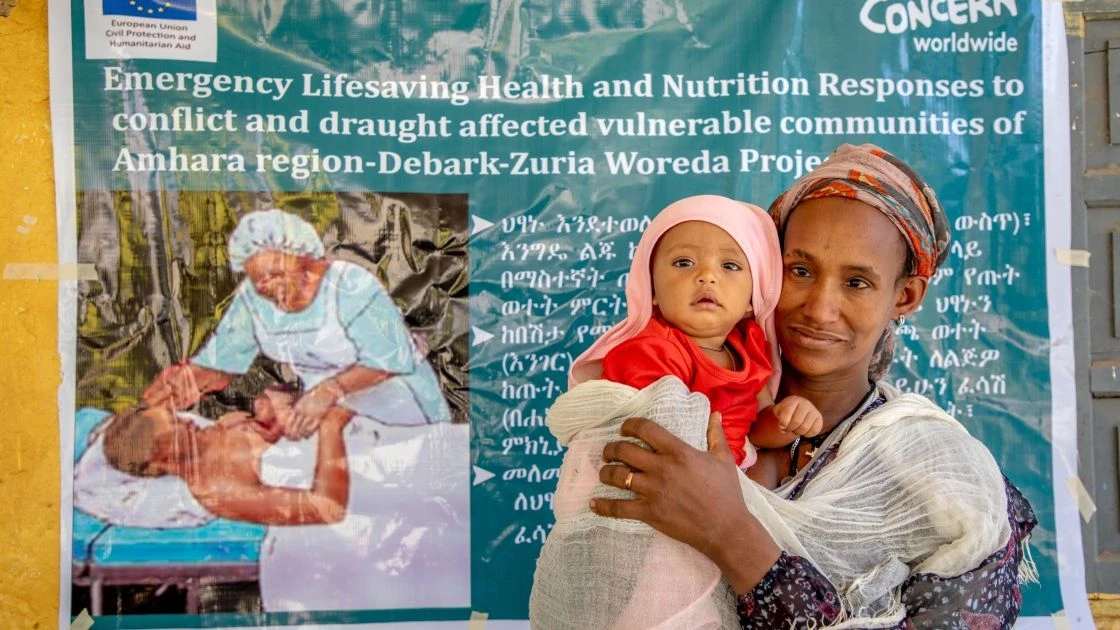
Since November 2020, Ethiopia has faced regional conflict beginning in the Tigray region and, later, in Amhara. As of early 2024, the UN estimates that 28.6 million people across the country require humanitarian assistance (this includes the entire country and for all humanitarian issues, including violence). A peace deal was signed in Tigray in November 2022, but the recovery efforts there continue, while needs remain high in Amhara.
» Learn more about Concern’s work in Ethiopia
5. Lake Chad Basin

Chad has experienced some of the same conflict affecting the Sahel (see below). However, there is a larger amount of intercommunal conflict centered on the Lake Chad Basin. This violence has affected the region (which also includes parts of Cameroon, Nigeria, and Niger) for the last 15 years.
One of the latest updates from the UN’s Office for the Coordination of Humanitarian Affairs reports 415 security incidents in the Basin between February and April of 2024, with 521 people killed, an uptick in violence compared to the end of 2023. Across the region, 10.2 million people require humanitarian assistance, though as of the end of May, the humanitarian response was only 12% funded.
» Learn more about Concern’s work in Chad
6 & 7. The Sahel (including Burkina Faso & Niger)

Crisis knows no borders. A decade of armed conflict in the western Sahel region of Africa has resulted in a deteriorating humanitarian situation in the region, including Burkina Faso, and Niger. In 2021, nearly a decade after the violence first began, the UN estimates that half a million people were displaced. UNOCHA estimates that 33 million people will require humanitarian aid across the region in 2024, especially given renewed hostilities and added political instability. This includes 6.3 million people in Burkina Faso and 4.5 million in Niger.
» Learn more about the crisis in Burkina Faso
» Learn more about Concern’s work in Burkina Faso
» Learn more about Concern’s work in Niger
8. Somalia

The beginning of the ongoing Somali Civil War is a subject of debate. Many organizations (including the UN) say it was 1991. Other experts argue that it started as many as 10 years earlier. This gives you an idea of how long the country has faced violence and insecurity, regardless of how it’s been labeled.
Despite a number of ongoing crises in Somalia, the violence and brutality of conflict is the crisis that arches over all the others. As Concern Somalia’s country director, Abdi Rashid Haji-Nur, explains: “Operationally, it is difficult for national and international humanitarian agencies to deliver services to people in the different parts of the country. As long as there is absence of efforts to contain and to deescalate those tensions and conflicts, we will be having challenges in terms of having access.”
» Learn more about the crisis in Somalia
» Learn more about Concern’s work in Somalia
9. South Sudan
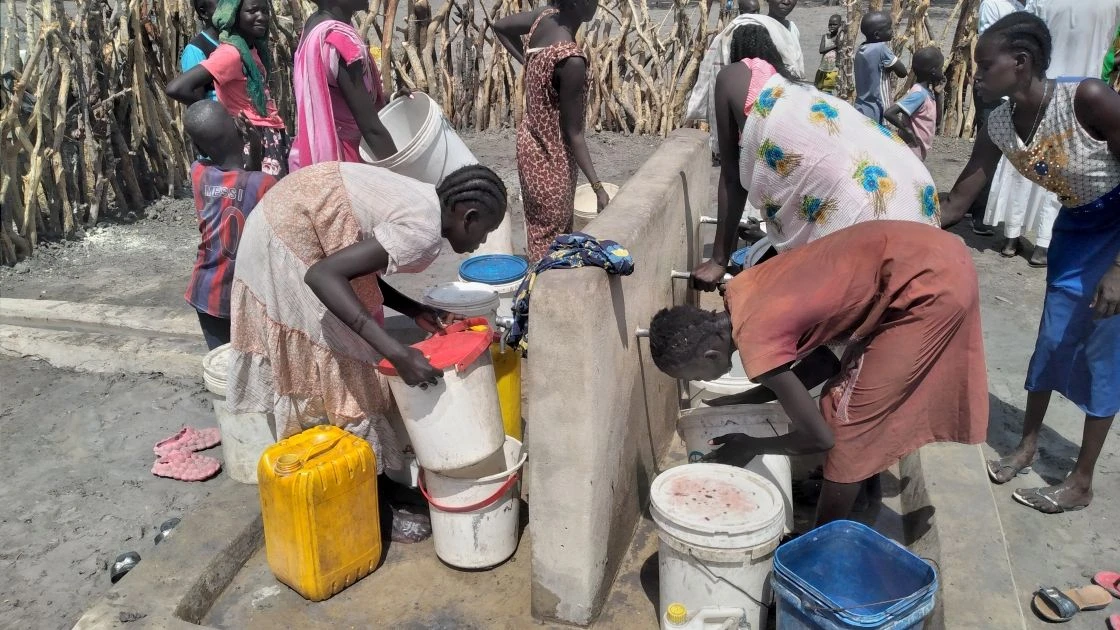
Prior to the outbreak of conflict in December 2013, there was reason to be hopeful about the future of South Sudan. Not only had secession been peaceful, but the country was also host to rich oil fields. Many were optimistic that 2013 would be a year of development and progress. Instead, the conflict — which has led to breakdowns in social services and protection — continues to have severe consequences for a country where human development ranks among the worst in the world.
The conflict rapidly took on an ethnic dimension, which helped to displace over 4 million South Sudanese, both internally and externally. All eyes are on the country in 2024 as it moves towards elections in December, a major step towards achieving a lasting peace.
» Learn more about the crisis in South Sudan
» Learn more about Concern’s work in South Sudan
10. Sudan
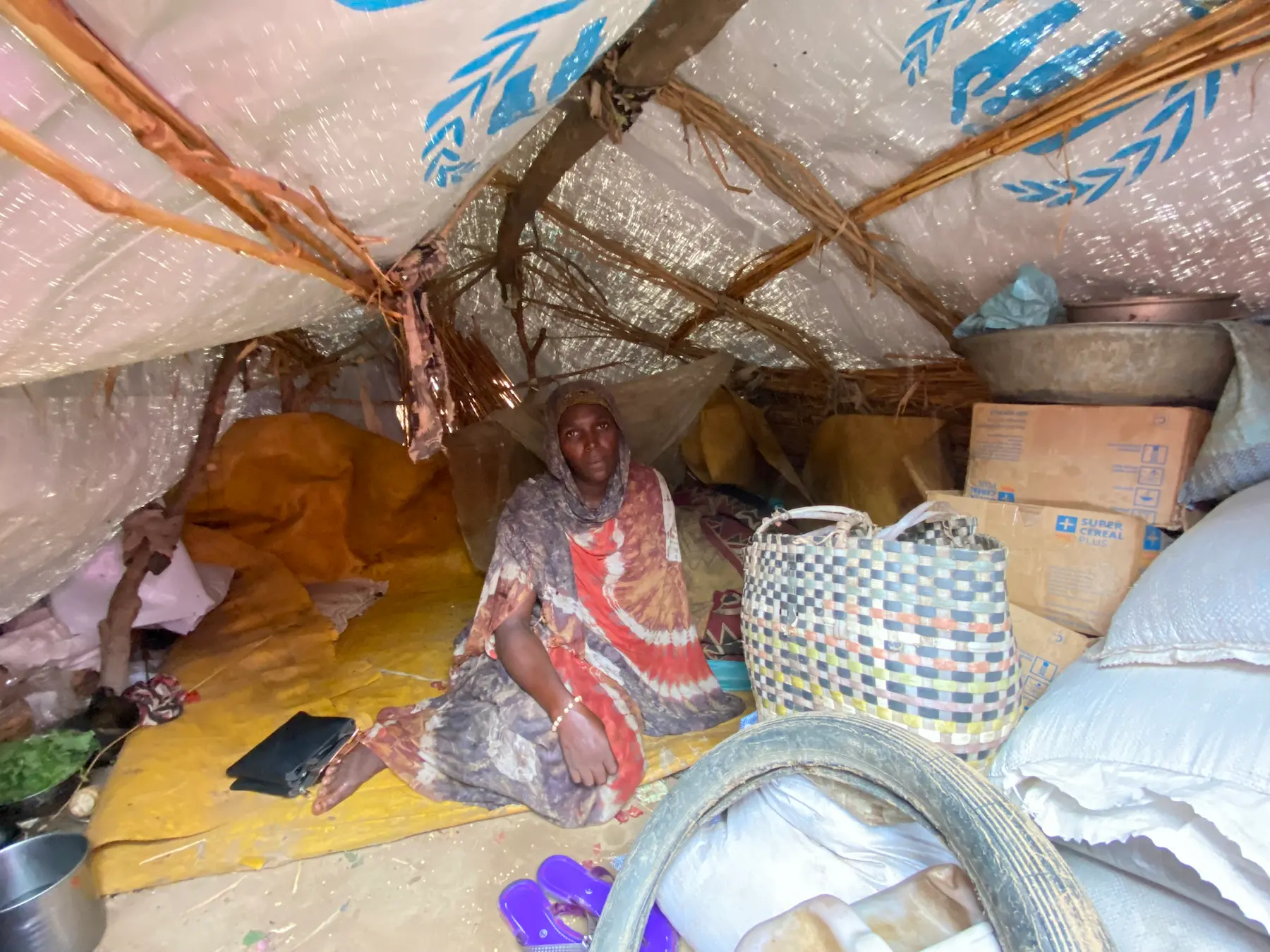
On April 15, 2023, violent clashes between the Sudanese Armed Forces (SAF) and the paramilitary Rapid Support Forces (RSF) in Sudan’s capital of Khartoum sparked a nationwide conflict that has quickly become one of the world’s largest humanitarian crises. Over a year later, nearly half of the country’s population require some form of humanitarian assistance and the situation shows no signs of improving. In fact, on August 1, 2024, the Integrated Food Security Phase Classification declared famine in North Darfur.
» Learn more about the crisis in Sudan
» Learn more about Concern’s work in Sudan
11. Syria
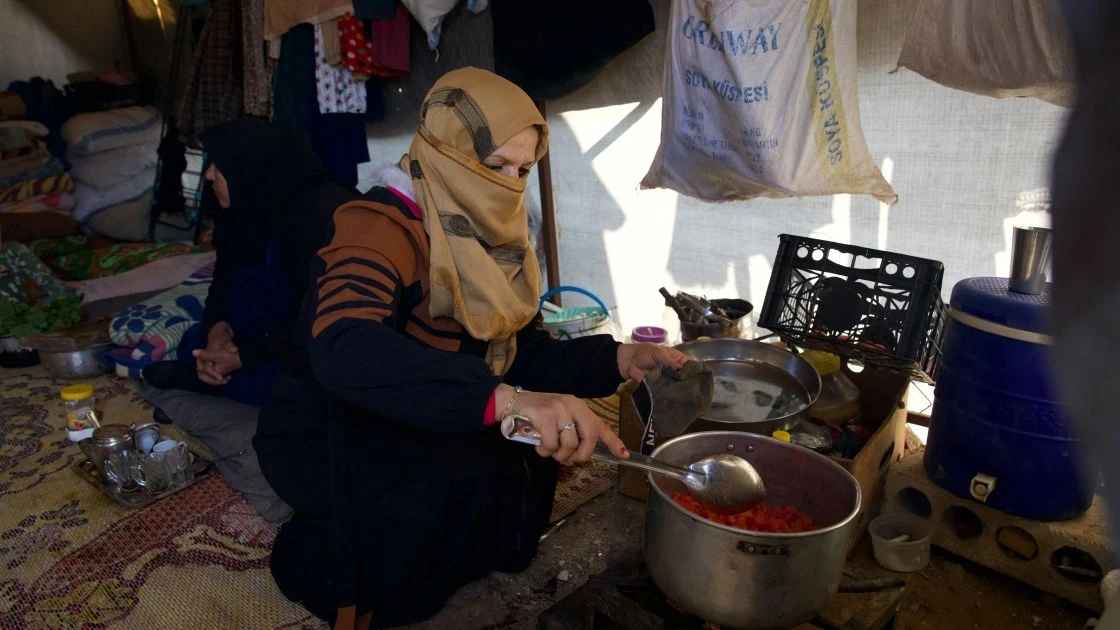
Since early 2011, a civil conflict in Syria has resulted in enormous suffering for millions of people. 16.7 million people require humanitarian assistance in 2024 and the country remains the world’s largest refugee crisis. Once a country with a thriving middle class, 90% of Syrians now live below the poverty line.
By many accounts from those still living in the country, the violence of conflict is not confined to bombing, missile attacks, and the destruction of cities and infrastructure. Rather, it has seeped into every aspect of Syrian life. Many civilians who have spoken with Concern say that they don’t feel safe or secure in any environment — including their own homes. Conditions became worse for thousands in February 2023, following a series of catastrophic earthquakes in the northern and western regions of the country.
» Learn more about the crisis in Syria
» Learn more about Concern’s work in Syria
12. Ukraine
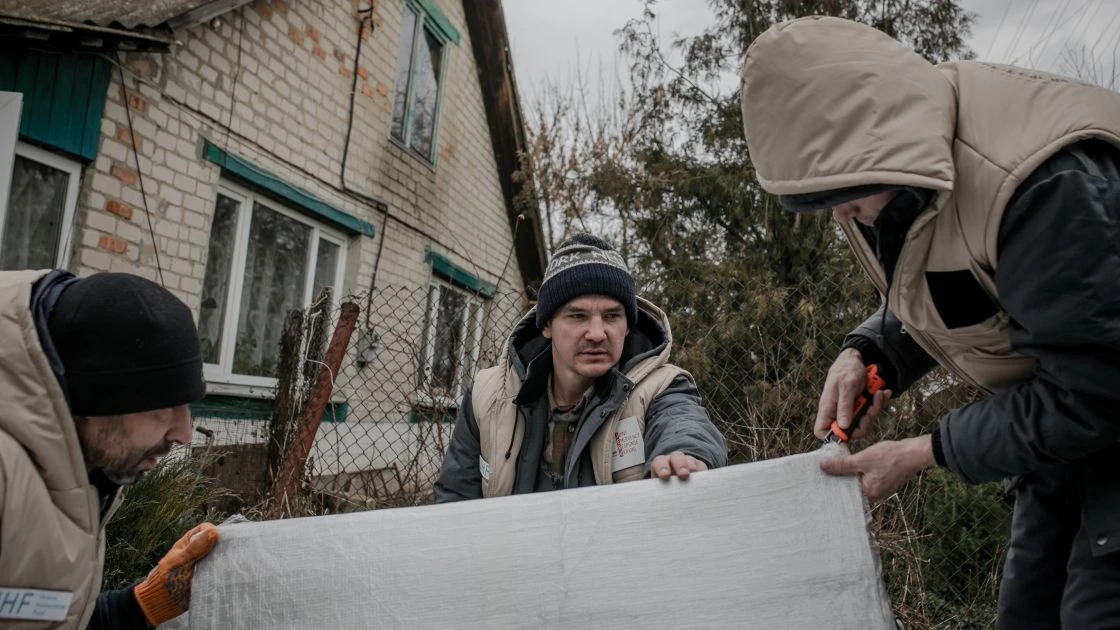
In 2022, an eight-year crisis in eastern Ukraine became a major conflict in just a few weeks via a full-scale invasion. Within the first 24 hours of fighting, the UN reported 240 civilian casualties, including 34 deaths. Since then, the violence has not abated, and intense fighting has spread across the country. In less than a year, Ukraine became one of the world’s largest refugee crises and humanitarian crises, with 14.6 million people (nearly half the country’s population) in need of some form of assistance.
» Learn more about the crisis in Ukraine
» Learn more about Concern’s work in Ukraine
13. Yemen

In 2014, Yemen — the lowest-income country in the Middle East — became the site of a civil war with proxy inventions. Ten years later, the country has made several “worst” lists, among them the world’s worst humanitarian crises, worst hunger crises, and largest displacement crises. However, besides these headlines, Yemen remains largely ignored in western media — especially when it comes to the net effects that the last decade of conflict has had on the people living there. 18.2 million people will require humanitarian assistance in 2024, including 5 million children under the age of five.
» Learn more about the crisis in Yemen
» Learn more about Concern’s work in Yemen
Countries in conflict: Concern’s response
Last year, Concern responded to 66 emergencies in 20 countries, reaching 15.5 million people. Conflict played a role in many of these emergencies. In each context our goal remains the same: to fulfill our humanitarian mandate.
When an emergency strikes, we seek out the poorest and hardest-to-reach communities to meet their immediate needs, and work with them to design innovative, fast and effective responses. We stay with them to help rebuild their lives and to ensure that they are better able to cope with future crises. Your support allows us to do this vital work.

